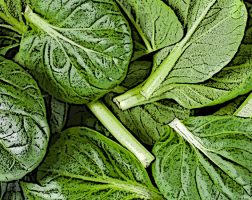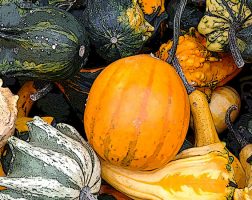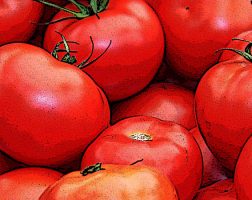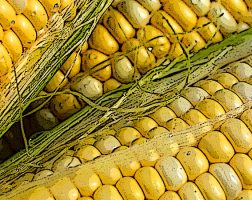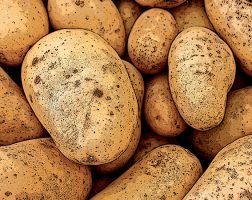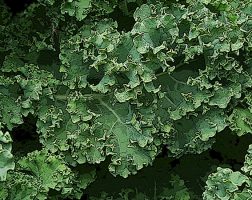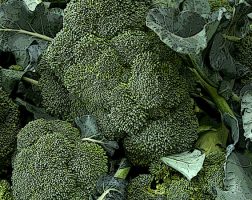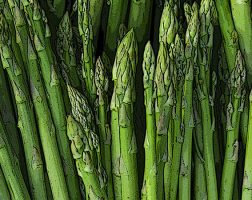Vegetables
Iowa’s fertile soils can grow such a wide variety of vegetables that we have had to choose just a handful that have the best chance of succeeding at the farm scale. Gardeners have their favorites, and so do farmers but for different reasons. Consider applying for a hoop house from your local NRCS to help extend the season and managing weeds in creative ways that don’t include synthetic chemicals. Since most vegetables are annual, they are best grown on flat ground with the use of cover crops to reduce soil erosion.
Common Threat
Pests and disease, pesticide drifts, weed pressure.
Best Management
Integrated Pest Management, crop rotation, weed barriers, cover crops, irrigation.
Common Capital Expense
Planting, weeding, harvesting.
Common Labor Expenses
Tractor, implements, hand tools, hoop house, irrigation, seed and transplant costs, organic soil amendments, cold storage.
Landowners Lessons
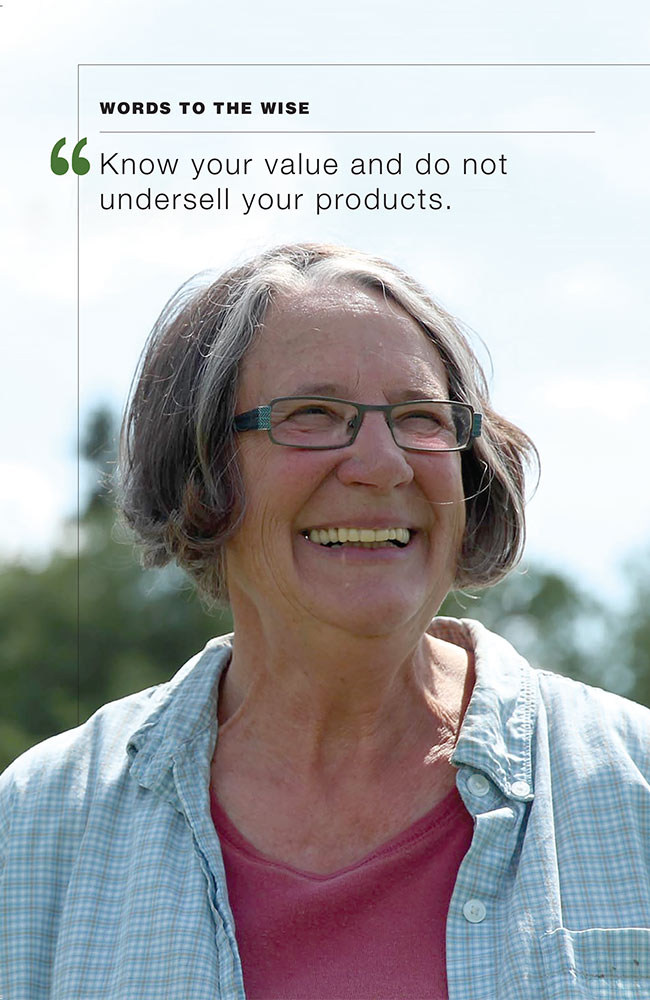
DENISE O’BRIEN
When Larry and I started farming 44 years ago, the farm looked much the same as when Larry’s parents farmed it. Larry’s mother and father used crop rotation and had a cow-calf herd, so hay was an integral part of the farm.
Given that I was a town girl, I really didn’t have an image of what it would look like. I was in love with Larry and his image became my image. When
I met him, he said he wanted to be an organic farmer. That sounded pretty darn good to me.
We firmly believed early on, with the influence of the Rodale Cornucopia Project, in local food production. We decided to plant strawberries, raspberries, asparagus and an orchard. We mostly got these ideas from Rodale — there was nothing local or statewide to encourage these types of ideas. We were not encouraged by ISU to grow and manage a small orchard in the early 1980s.
Most people didn’t believe in us. We asked the bank for money for irrigating our strawberries and were refused, even with a state-guaranteed loan program. Of course, neighbors had the concept of organic farming as weedy fields, so we worked hard to keep our fields looking good. We were very fortunate that Larry’s parents supported us. They may have been skeptical, but they believed in us.
It wasn’t easy finding our way. Larry and I were able to be two full-time parents to our three children until our youngest was in high school. Operating a dairy made this possible. We were committed to leaving this Earth in better shape than when we received it. That has always been our philosophy. By the way, in the late ’70s and early ’80s we called ourselves “regenerative farmers” because Rodale used that term. It died out for a while but now it’s back and overused!
Today, there’s support for this kind of farming. The best places are Practical Farmers of Iowa, Growing for Market publications and other farmers. Rodale recently established a research location in Iowa, too.
Now we grow between 20 and 30 different varieties of vegetables. At the height of my CSA, I grew for about 120 customers. My best market is Omaha, about an hour away. I have a high tunnel and a low tunnel plus a greenhouse for starting seeds. The orchard hasn’t had much attention in recent years but it’s still there. Our latest project is building a straw bale home for us so one of our kids’ families can move into the farmhouse.

